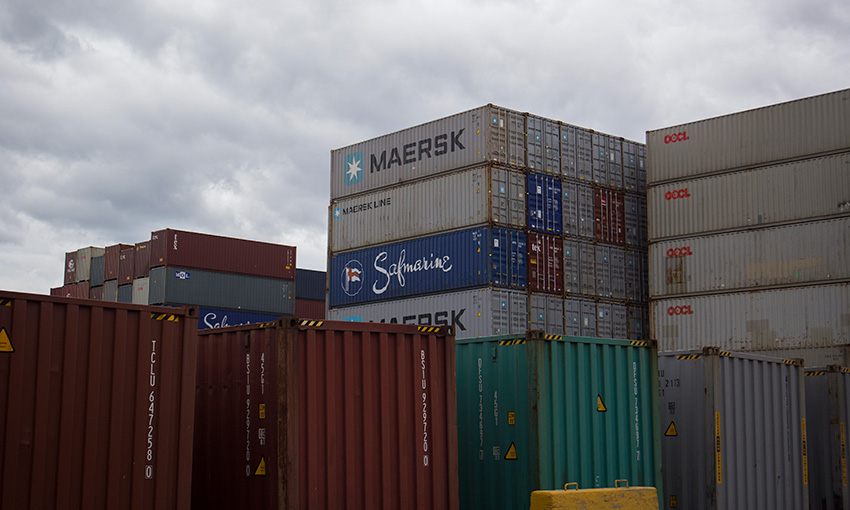FREIGHT Victoria is to commence a study into empty container management capacity and supply-chain issues in Melbourne.
DCN understands the study is to inform the development of the Voluntary Port Performance Model, which aims to “increase the transparency of pricing and agree to a set of performance indicators which are consistent, measurable and meaningful”.
Container Transport Alliance Australia welcomed the announcement of the study into empty container management capacity and supply chain issues in Melbourne.
CTAA said Freight Victoria engaged consultancy firm NineSquared to conduct the study, which follows the commitment of the Victorian government to ensure that its proposed Voluntary Performance Monitoring Framework for container trade through the Port of Melbourne covers all parts of the Melbourne container supply chain.
CTAA director Neil Chambers said the alliance had worked closely with NineSquared and its principal Phil Bullock in the conduct of a similar study in NSW (the NSW Empty Container Study).
“This has also extended to collaborative work between industry and the NSW Government to try to address the study’s recommendations for improvement,” Mr Chambers said.
“The NSW study estimated that current empty container management inefficiencies in NSW result in an additional cost of $49 million per year, which could blow out to approximately $100 million if not addressed. And, that estimate was made before the current severe empty container congestion in Port Botany, which is ongoing.”
Mr Chambers said he anticipates that the Victorian study will discover similar added costs in Melbourne caused by inefficiencies and congestion.
He said tight physical and slot capacity in many parts of the Melbourne empty container chain leads to:
- supply-chain delays and added container handling;
- increased empty redirections to alternative de-hire facilities;
- added truck kilometres travelled and futile truck trips;
- difficulties in obtaining suitable empty containers for export packing; and
- fractious arguments between shipping lines, importers and transport providers about container detention fee demands when containers aren’t de-hired within detention free timeframes.
“Transport operators now have to hold swags of empty containers in their yards before they can gain a slot for de-hire, which could be as much as two days hence at some empty parks,” Mr Chambers said.
“CTAA also receives numerous examples of export container stock being either physically unavailable or transport operators not being able to obtain sufficient slots to pick up the required empties from nominated empty parks for the export customer. This can have a devastating cost impact on agricultural export supply chains where profit margins per tonne of commodity are thinner.
“And even though we are well into the 21st century, some shipping lines still don’t provide any accompanying electronic data to verify delivery order instructions for empty import container de-hire. This holds back the transport sector from achieving paperless gate entry procedures and increasing truck turnaround velocity at empty container parks,” Mr Chambers said. “Instead, copies of delivery orders need to be emailed through to empty yards, or the driver needs to present paper verification at an operational window. That archaic behaviour must stop, and it’s not COVID-safe.

